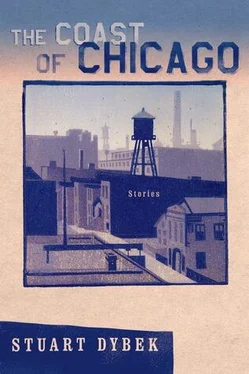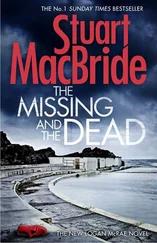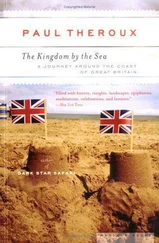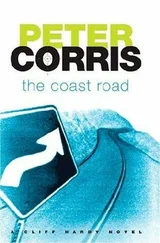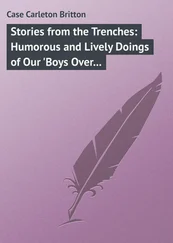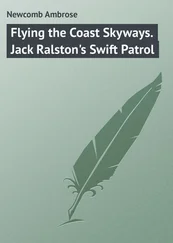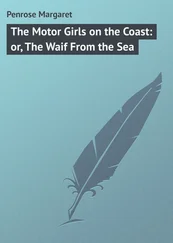In the bluish squint of those lights he didn’t look like someone we’d once known — nothing looked quite right — and we hurriedly scratched a shallow grave, covered him over, and stamped it down as much as possible so that the next right fielder, whoever he’d be, wouldn’t trip. It could be just such a juvenile, seemingly trivial stumble that would ruin a great career before it had begun, or hamper it years later the way Mantle’s was hampered by bum knees. One can never be sure the kid beside him isn’t another Roberto Clemente; and who can ever know how many potential Great Ones have gone down in the obscurity of their neighborhoods? And so, in the catcher’s phrase, we “buried the grave” rather than contribute to any further tragedy. In all likelihood the next right fielder, whoever he’d be, would be clumsy too, and if there was a mound to trip over he’d find it and break his neck, and soon right field would get the reputation as haunted, a kind of sandlot Bermuda Triangle, inhabited by phantoms calling for ghostly fly balls, where no one but the most desperate outcasts, already on the verge of suicide, would be willing to play.
Still, despite our efforts, we couldn’t totally disguise it. A fresh grave is stubborn. Its outline remained visible — a scuffed bald spot that might have been confused for an aberrant pitcher’s mound except for the bat jammed in the earth with the mitt and blue cap fit over it. Perhaps we didn’t want to eradicate it completely — a part of us was resting there. Perhaps we wanted the new right fielder, whoever he’d be, to notice and wonder about who played there before him, realizing he was now the only link between past and future that mattered. A monument, epitaph, flowers, wouldn’t be necessary.
As for us, we walked back, but by then it was too late — getting on to supper, getting on to the end of summer vacation, time for other things, college, careers, settling down and raising a family. Past thirty-five the talk starts about being over the hill, about a graying Phil Niekro in his forties still fanning them with the knuckler as if it’s some kind of miracle, about Pete Rose still going in headfirst at forty, beating the odds. And maybe the talk is right. One remembers Willie Mays, forty-two years old and a Met, dropping that can-of-corn fly in the ’73 Series, all that grace stripped away and with it the conviction, leaving a man confused and apologetic about the boy in him. It’s sad to admit it ends so soon, but everyone knows those are the lucky ones. Most guys are washed up by seventeen.
Each day I’d collect caps from beer bottles. I’d go early in the morning through the alleys with a shopping bag, the way I’d seen old women and bums, picking through trash in a cloud of flies. Collectors of all kinds thrived in the alleys: scrap collectors, deposit-bottle collectors, other-people’s-hubcap collectors. I made my rounds, stopping behind taverns where bottle caps spilled from splitting, soggy bags — clinking, shiny heaps, still sudded with beer, clotted with cigarette ashes from the night before.
I’d hose them down and store them in coffee cans. At the end of the week, I’d line up my bottle caps for contests between the brands. It was basically a three-way race between Pabst, with its blue-ribboned cap, Bud, and Miller. Blatz and Schlitz weren’t far behind.
That got boring fast. It was the rare and exotic bottle caps that kept me collecting — Edelweiss; Yusay Pilsner; Carling’s Black Label, with its matching black cap; Monarch, from the brewery down the street, its gold caps like pieces of eight; and Meister Brau Bock, my favorite, each cap a ram’s-head medallion.
By July, I had too many to count. The coffee cans stashed in the basement began to smell — a metallic, fermenting malt. I worried my mother would find out. It would look to her as if I were brewing polio. Still, the longer I collected, the more I hoarded my bottle caps. They had come to seem almost beautiful. It fascinated me how some were lined with plastic, some with foil. I noticed how only the foreign caps were lined with cork. I tapped the dents from those badly mangled by openers. When friends asked for bottle caps to decorate the spokes on their bikes, I refused.
One afternoon I caught my younger brother in the basement, stuffing my bottle caps into his pocket.
“What do you think you’re doing?” I demanded.
At first he wouldn’t talk, but. I had him by the T-shirt, which I worked up around his throat, slowly twisting it to a knot at his windpipe.
He led me into the backyard, to a sunless patch behind the oil shed, and pointed. Everywhere I looked I could see my bottle caps half buried, their jagged edges sticking up among clothespin crosses and pieces of colored glass.
“I’ve been using them as tombstones,” he said, “in my insect graveyard.”
During those years between Korea and Vietnam, when rock and roll was being perfected, our neighborhood was proclaimed an Official Blight Area.
Richard J. Daley was mayor then. It seemed as if he had always been, and would always be, the mayor. Ziggy Zilinsky claimed to have seen the mayor himself riding down Twenty-third Place in a black limousine flying one of those little purple pennants from funerals, except his said WHITE SOX on it. The mayor sat in the backseat sorrowfully shaking his head as if to say “Jeez!” as he stared out the bulletproof window at the winos drinking on the corner by the boarded-up grocery.
Of course, nobody believed that Zig had actually seen the mayor. Ziggy had been unreliable even before Pepper Rosado had accidentally beaned him during a game of “it” with the bat. People still remembered as far back as third grade when Ziggy had jumped up in the middle of mass yelling, “Didja see her? She nodded! I asked the Blessed Virgin would my cat come home and she nodded yes!”
All through grade school the statues of saints winked at Ziggy. He was in constant communication with angels and the dead. And Ziggy sleepwalked. The cops had picked him up once in the middle of the night for running around the bases in Washtenaw Playground while still asleep.
When he’d wake up, Ziggy would recount his dreams as if they were prophecies. He had a terrible recurring nightmare in which atomic bombs dropped on the city the night the White Sox won the pennant. He could see the mushroom cloud rising out of Comiskey Park. But Zig had wonderful dreams, too. My favorite was the one in which he and I and Little Richard were in a band playing in the center of St. Sabina’s roller rink.
After Pepper brained him out on the boulevard with a bat — a fungo bat that Pepper whipped like a tomahawk across a twenty-yard width of tulip garden that Ziggy was trying to hide behind — Zig stopped seeing visions of the saints. Instead, he began catching glimpses of famous people, not movie stars so much as big shots in the news. Every once in a while Zig would spot somebody like Bo Diddley going by on a bus. Mainly, though, it would be some guy in a homburg who looked an awful lot like Eisenhower, or he’d notice a reappearing little gray-haired fat guy who could turn out to be either Nikita Khrushchev or Mayor Daley. It didn’t surprise us. Zig was the kind of kid who read newspapers. We’d all go to Potok’s to buy comics and Zig would walk out with the Daily News . Zig had always worried about things no one else cared about, like the population explosion, people starving in India, the world blowing up. We’d be walking along down Twenty-second and pass an alley and Ziggy would say, “See that?”
“See what?”
“Mayor Daley scrounging through garbage.”
We’d all turn back and look but only see a bag lady picking through cans.
Читать дальше
